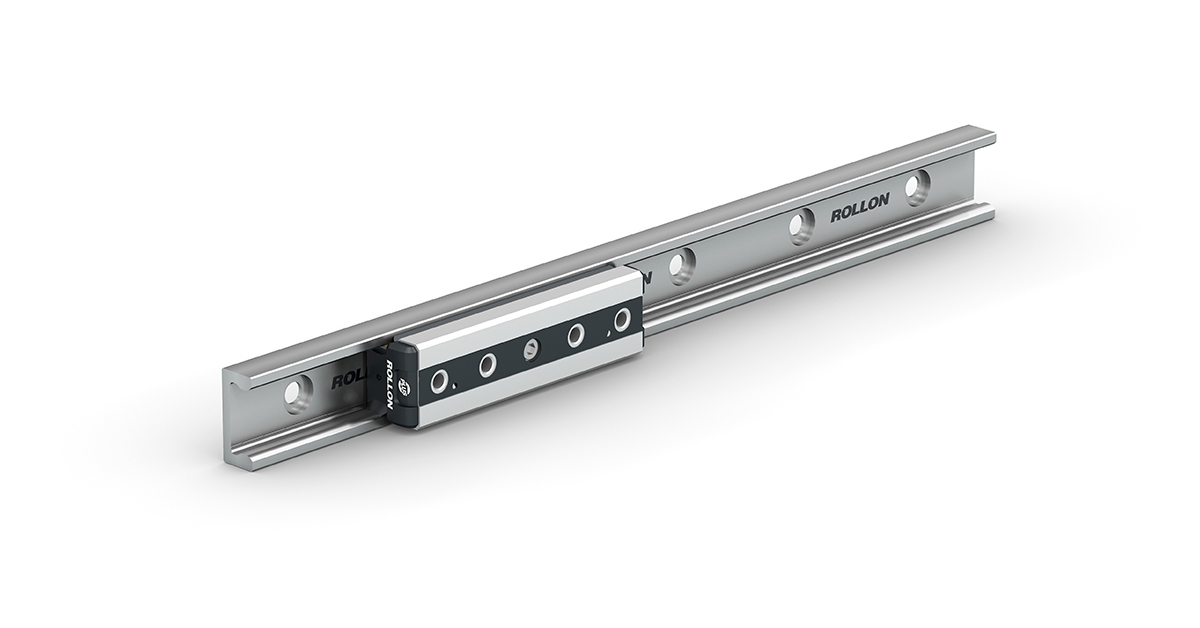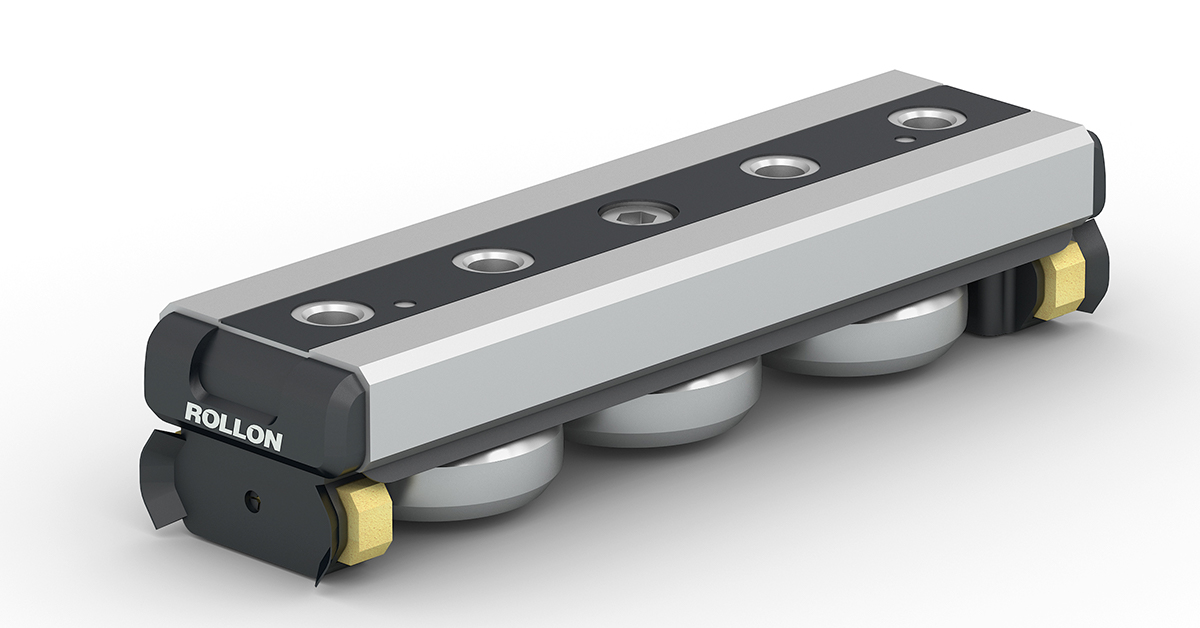
Linear rails: speed or acceleration?
17 Feb, 2022
Designers of automation systems often focus solely on speed, when in fact, acceleration is what really counts.
When reading the specifications of any linear rail, you always encounter a figure regarding its maximum speed sooner or later. Whilst this is undoubtedly an important specification, it is not as crucial as many people think.
Speed has a role in defining the working life of a rail: going over the speed limit whilst transporting a load can lead to premature wear and tear on the linear rail. With just a simple command error, you can even make the linear rail go so fast that it breaks.
Also, if the speed or acceleration is excessive, it is possible to break the end covers on recirculating ball bearing rails. Another possible issue is that roller bearings can become blocked at speeds that are too high. However, these conditions of excessive speed are rare in well-designed systems.

What’s more, the maximum speed of a rail is rarely the limiting factor of modern applications.
Standard linear rails can easily withstand speeds of 3 m/s, whilst higher-performance models can safely reach speeds of 5 m/s.
Some can go even faster, reaching nearly 9 m/s. For most automation applications, however, the speeds involved are significantly lower than 5 m/s.
Considering that modern linear rails have comfortable margins of speed and that demands for excessive speeds are rare, why is there so much focus on speed specifications?
Parameters to consider when choosing the right guide
The answer is that maximum speed alone can’t tell us much about the product. It is only if we consider it in relation to acceleration and the overall movement profile that it becomes an important piece of information.
So, how can you choose the right linear rail? What parameters are worth considering?
Find out everything there is to know by downloading our White Paper
Leave a comment
Latest articles
Topics

Stai utilizzando la guida giusta per i tuoi progetti?
Rollon presenta la nuova generazione delle proprie guide lineari a cuscinetti con una capacità unica di gestire il disallineamento delle superfici di montaggio.
GUARDA IL WEBINAR